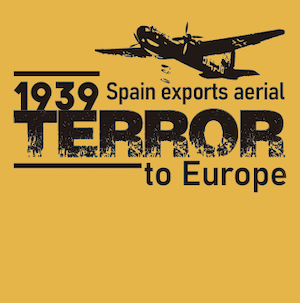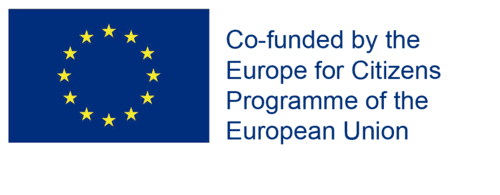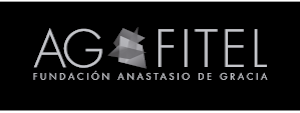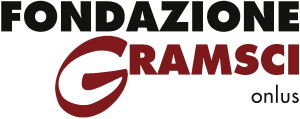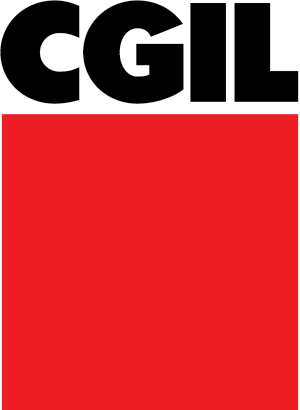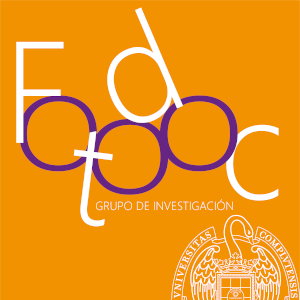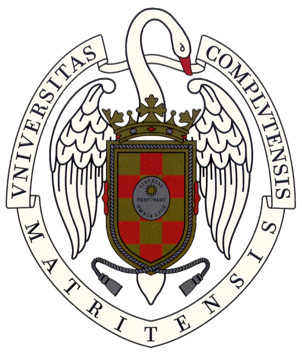Methodology and phases
The common footprint has been developed under the supervision of a pedagogical coordinator, based in Madrid, who has been in permanent contact with the teachers and students of the schools that have participated from each European city.
From Madrid, students from two schools took part: a public secondary school, IES Arcipreste de Hita, and a state-subsidised school, Centro Cultural Palomeras. From Munich, the Gymnasium Maria Theresia joined in; and from Italy, due to the complications of the pandemic, we could not count on a school and only the teacher and expert, Gianluca Fiocco, was able to intervene.
The project was carried out in three phases, involving 125 students and teachers, as well as experts. For the young European participants, The Common Footprint has been a process of discovery and constant amazement. They have become aware of a reality with which they lived in their cities, but which had been forgotten over time. At the same time, in their process of research and exchange, the young people have been able to empathise with the suffering that occurred thousands of kilometres away from their cities of origin and with the horror that today continues to devastate the civilian population in the new wars.
PHASE I. Research: What happened in my city
Timeframe: October 2021
The pedagogical coordinator presented the project in the three participating schools, thus initiating the research process on the bombings suffered by the cities of Munich and Madrid, in the Second World War and the Spanish Civil War, respectively. Throughout this phase, the following tasks were carried out:
- Organising teams within each classroom as determined by their teachers.
- Distribution of tasks and choice of places to investigate.
- Collection of data and old images from public and personal archives. Review of the different processes of change in the areas of the city that were affected by the bombing.
- On-site exploration of the bombed areas in each city.
- Supporting lectures by experts on the subject.
- Lectures by the teachers responsible for each group on the bombing in the area.
- Support meetings with the pedagogical coordinator to organise or elaborate the research.
- Research in the family history of each student on how their grandparents experienced the bombings.
PHASE II. Interpretation and creation. What happened in my city
Timeframe: November-December 2021
On the basis of the research work carried out, the students analysed what they had discovered, interpreted it and created a large joint work of art, based on texts, stories, collages and photographs, as an expression of the memory of shared suffering. To do this, they worked on:
- Analysis from different prisms the trace of the bombings in each city from its:
- Urban Memory
- Historical Memory
- Emotional Memory
- Economic Memory
- Family Memory
- Debates on all these perspectives.
- Exchange of the discoveries made by the different teams in the classroom.
- Creation of texts, collages and short stories.
PHASE III. Reflection and dialogue. International meeting
Timeframe: January-February 2022
The students from each school will reflect on all the information obtained from their research, as well as their general and personal experience within the project.
- Each group chooses three representatives, who will act as spokespersons in an international meeting between the representatives of the three countries participating in the project: Germany, Italy and Spain.
- Drafting of a joint reflection focused on the future and the Culture of Peace: how would they like to transform the world from their new vision?
- Drafting of a proposal sheet based on personal and social commitment.
- From this part of the process, the ideas that will enable the drafting of a CHARTER COMMITMENT to Peace for the European Union will be taken.
17 February 2022. International online meeting. The representatives of the three countries participating in the project hold a meeting in which they share the results of their research. The meeting is held with translation into Italian, German and Spanish, to facilitate understanding among all.
